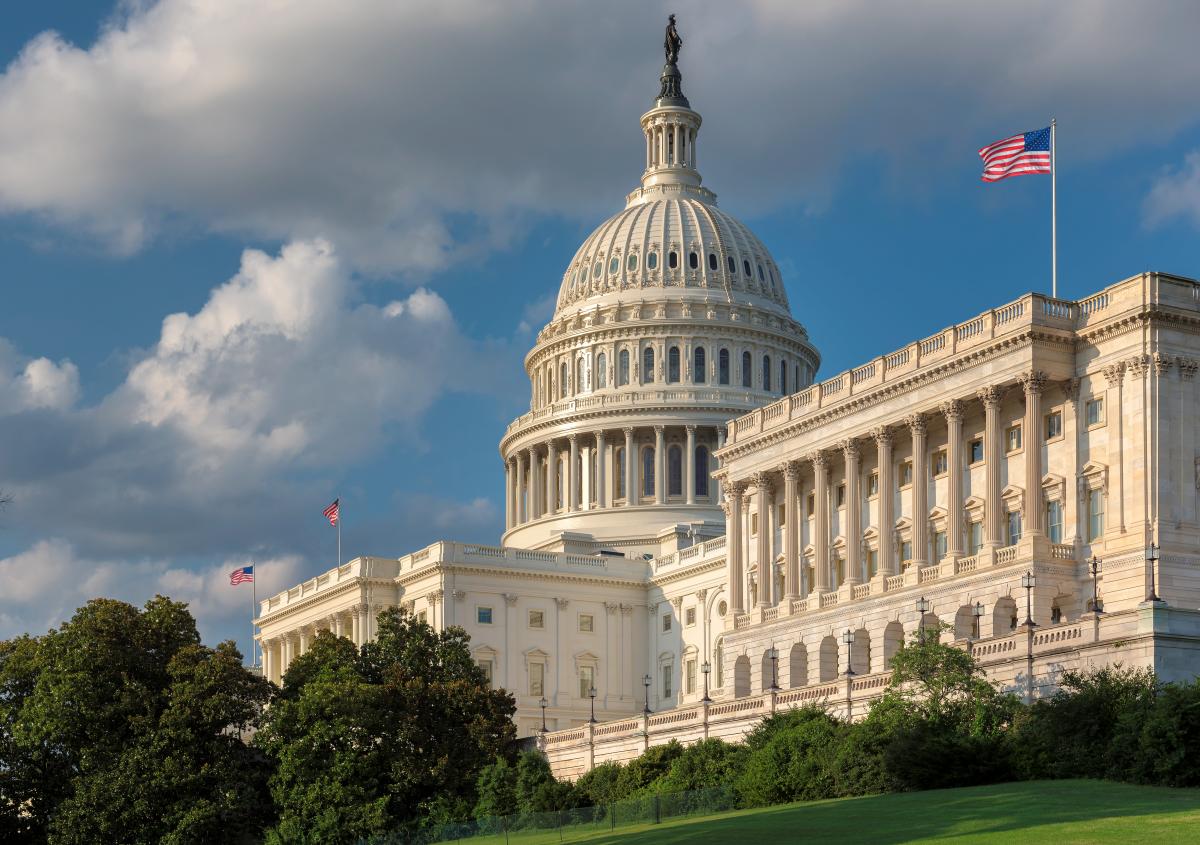 Just before departing for Congress’ summer recess, a member of the Senate Finance Committee reintroduced ambitious legislation to provide for automatic IRA arrangements.
Just before departing for Congress’ summer recess, a member of the Senate Finance Committee reintroduced ambitious legislation to provide for automatic IRA arrangements.
Introduced in the Senate by Sen. Sheldon Whitehouse (D-RI), the Automatic IRA Act of 2019 (S. 2370) would require employers with more than 10 employees that do not currently sponsor a workplace retirement savings plan to enroll their workers in IRAs through an automatic payroll deduction arrangement.
S. 2370 was referred to the Senate Finance Committee, which has jurisdiction over federal tax issues. Whitehouse previously introduced the legislation during the 115th Congress in September 2017, when similar legislation was also introduced in the House by Rep. Richard Neal (D-MA), who is now chairs the House Ways & Means Committee. “We know that automatic savings programs are an effective strategy for building a nest egg, yet tens of millions of Americans don’t have that option through their job,” Whitehouse said in a statement. “This bill would make it easier for employees to save for retirement in a simple fashion without overburdening employers.”
Whitehouse contends that the U.S. faces an impending retirement crisis, citing estimates that 30 million full-time, year-round workers have no employer-provided retirement plan or other opportunity to save through workplace contributions. The senator further emphasizes that, based on a Brookings Institution report, automatic enrollment for 401(k) plans can cut nonparticipation rates from nearly 25% to as little as 5%.
Key Provisions
Under the legislation, employees could choose to contribute to either a Roth or traditional IRA. They also would have the ability to opt out of the auto-IRA program.
Certain new businesses, government entities and churches would be exempt from the program, but employers with existing retirement plans that are frozen, have had no contributions for three plan years or provide only discretionary contributions would not be exempt.
The bill specifies that the deferral rate would start at 3% of compensation or other initial percentage as specified by the Treasury Secretary, but not less than 2% or greater than 6%. The Treasury Secretary may also issue regulations providing for automatic deferral increases. Contributions would be placed in a target date or lifecycle option as the QDIA, unless the employee chooses to invest in a principal preservation fund, guaranteed lifetime income option or other investments as determined by the Treasury Secretary.
Employers participating in a qualifying state program for private sector workers would not be required to participate in the federal auto-IRA program. For employers with employees in more than one state, the rules of each qualifying state-facilitated program would apply, but in the case of a state with no such program, the federal rules would apply. Multi-state employers could also opt to have their employees in all states covered under the federal program.
A tax credit for maintaining an auto-IRA would also be offered to employers with no more than 100 employees, while a penalty would be imposed on employers that fail to provide eligible employees access to an auto-IRA arrangement. The bill would also increase the cap for the tax credit for small employer pension plan startup costs from $500 to $5,000.
Additional Considerations
Congress is currently on recess until after the Labor Day holiday. With the SECURE Act currently stalled in the Senate, the fate of auto-IRA legislation is less certain.
When the SECURE Act was approved by the House of Representatives in May by an overwhelming vote of 417-3, many believed the legislation would sail through the Senate and be signed in short order by President Trump. This would have allowed Congress to move on to bigger opportunities to enhance retirement savings options, such as legislation requiring employers to offer their employees a retirement plan option. In fact, Ways & Means Chairman Neal indicated as much when he spoke at this year’s NAPA D.C. Fly-in Forum in July.
The idea for an auto-IRA was first developed by scholars at the Brookings Institution and Heritage Foundation going back more than a decade ago and legislation has been introduced in each Congress since at least 2010.

